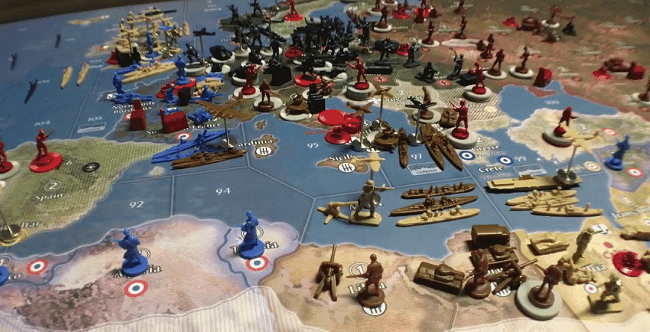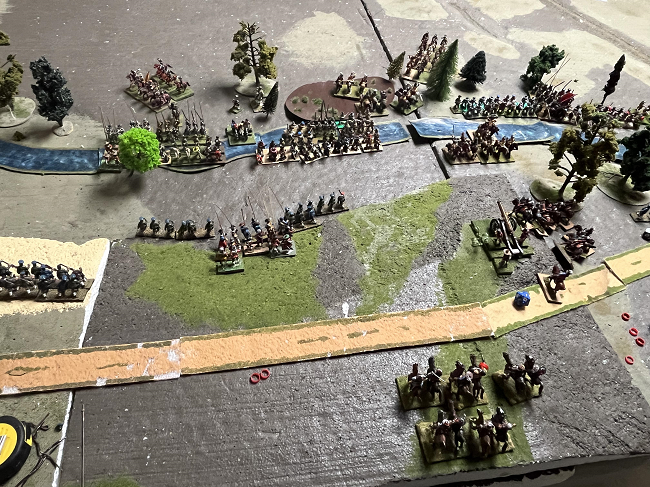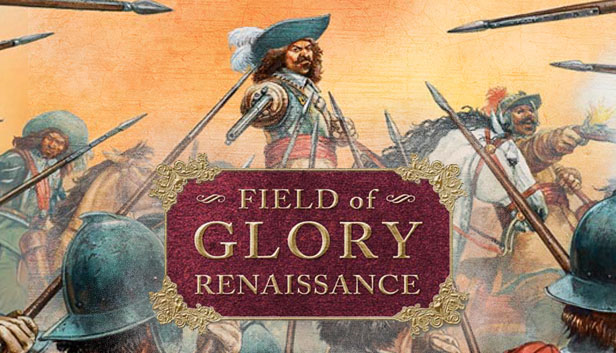Board wargaming, also known as tabletop wargaming, is a type of strategy game that simulates military conflicts using physical components such as maps, counters, and dice. It is played on a tabletop surface and involves players making decisions and executing actions to achieve strategic objectives.
Board wargames typically represent historical or fictional military campaigns, battles, or wars. Players control various units, such as infantry, cavalry, tanks, aircraft, and ships, and maneuver them across the game board according to specific rules and mechanics. The outcome of battles and conflicts is determined through a combination of chance (usually dice rolls) and strategic choices made by the players.
These games often require careful planning, resource management, and tactical decision-making. They can cover a wide range of historical periods, from ancient battles to modern warfare, and encompass different scales of conflict, from individual skirmishes to large-scale wars. Many board wargames incorporate historical scenarios and attempt to capture the nuances and challenges of real-world military engagements.
Board wargaming has a dedicated following among hobbyists and enthusiasts who appreciate the intellectual challenge, historical immersion, and social interaction that the games provide. It encourages players to analyze historical events, study military tactics and strategy, and develop their problem-solving skills. Over the years, board wargaming has evolved and adapted, with advances in game design, components, and accessibility leading to a wide variety of games available for players to enjoy.



